Speakers on the computer do not work: what to do if there is no sound?
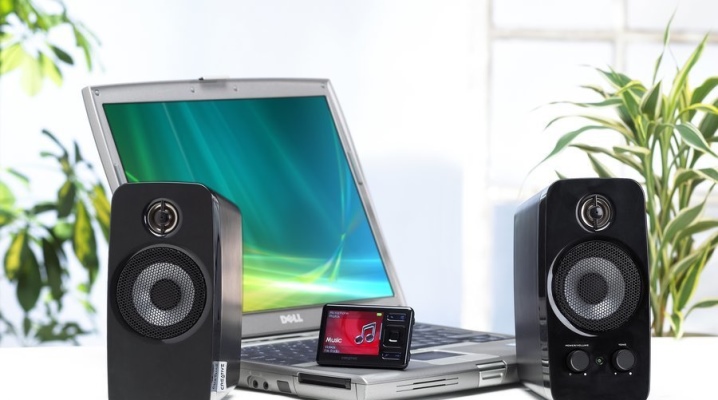
A breakdown of a sound card (after the failure of a processor, RAM or video card) is the second most serious problem. She is able to work for many years. Like any device in a PC, the sound card sometimes breaks before other main modules.
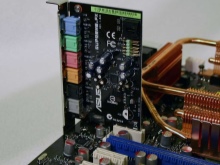
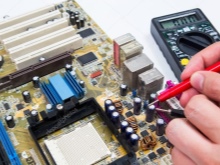
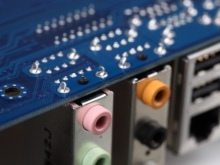
Main reasons
There are more than a dozen reasons why there is no sound in the speakers when using Windows 7 and earlier (or later) versions of the operating system. They are subdivided into hardware and software. In the first case, the speakers and the sound card are sent for diagnostics or replaced with new, more advanced and high-quality ones. The second type of breakdown is software glitches, from which the user, upon discovering that the sound has disappeared, can easily get rid of on his own by following certain instructions.
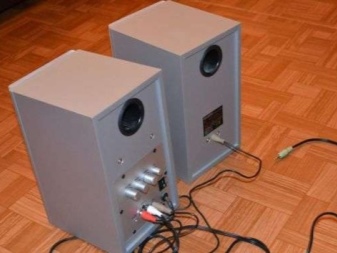
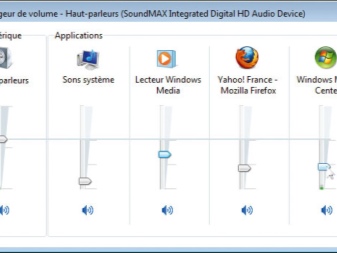
What to do?
It makes sense to connect speakers to a computer on which Windows 10 (or another version) does not output sound through the built-in speakers (if it is a laptop). The fault of what happened may be the stereo amplifier going to these speakers. In Chinese, especially cheap, technology, the breakdown of speakers from frequent vibration during constant use of the keyboard is a common thing. But there may still be a "live" stereo output to the headphones. Speakers with an amplifier are connected to it.

Sound setting
The previously tuned sound in the speakers also sometimes malfunctions. As a result, the sound disappears completely or becomes barely audible. To resolve this issue, you need to take certain actions.
- Open the "Control Panel" by going to this Windows object through the main menu that opens when you click on the "Start" button. For Windows 10, the command is given: right-click (or right-click on the touchpad) on the "Start" button - the context menu item "Control Panel".
- Give the command "View" - "Large icons" and go to the item "Sound".
- Select the Speakers tab and go to Properties.
- A window with column settings will become available to you. Make sure Windows is displaying the device that should work. In the “Device Application” column, the status is “Enabled”. If this is not the case, use the latest driver by downloading it from the manufacturer's website.
- Go to the "Levels" tab. In the Speakers column, adjust the volume to 90%. A system melody or chord will sound. The volume of the sound may be excessive - if the sound has worked, set the volume to your liking.
- Go to the "Advanced" tab and click "Check". A system melody or chord is played.
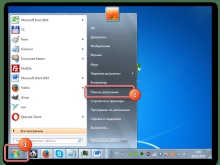

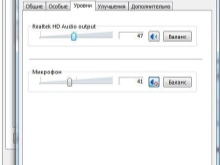
If no sound is found - use the following method when trying to return it.
Installing Drivers
The sound card on modern PCs and laptops is already built into the motherboard (base). The times when a sound card was purchased as a separate module (such as a cartridge or cassette) are gone 15 years ago. However, the sound chip requires system libraries and drivers to be installed.
To check the status of your audio device, follow the instructions.
- Give the command "Start - Control Panel - Device Manager".
- View the sound devices installed on the system. A chip for which a driver is not installed is marked with an exclamation point in a triangle. Give the command: right-click on the sound device - "Update drivers".The "Update / Reinstall Driver Wizard" will start.
- The program wizard will ask you to indicate the source with drivers or system libraries, where the system files are taken from for the adequate operation of an under-installed device. Make sure this is the version of the driver you want to install. It often happens that for the Windows 10 operating system, drivers for version XP or 7 may not be suitable. Refer to the website of the manufacturer of your sound card or motherboard and download the latest driver. Most likely, you will successfully solve the problem you are experiencing.
Windows 8 or later can pick up drivers for your sound card model by itself. The headphones will work, but the microphone may not work. The fresher Windows is, the smarter it is - especially in terms of older devices that were discontinued a few years ago. For this, an automatic installation function is provided.

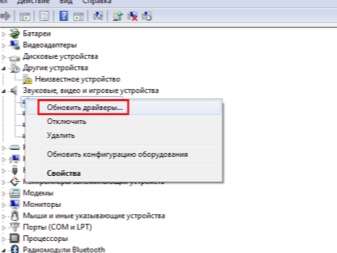
Installing codecs
By default, there is sound in your speakers or headphones when you log in to Windows. It can also work when you visit a site where you can download music, as well as listen to the desired tracks before downloading. But if you try to play the already downloaded audio files, they will not play. This process is handled by virtual music and audio tools called codecs. Each codec corresponds to a specific file type. To listen to music or internet radio, you need to install the required codecs as a separate program. Or use an audio player that already has them.
The player itself, depending on its version and version of the operating system, may not install the necessary codecs.
You can use the K-Lite Codec Pack program. Download it from a trusted source.
- Run the downloaded installation package, select the "Advanced" mode and click "Next".
- Select "Most Compatible" and click the "Next" button again, select the suggested media player.
- If you already have a suitable one, the installation will be completed in a matter of seconds.

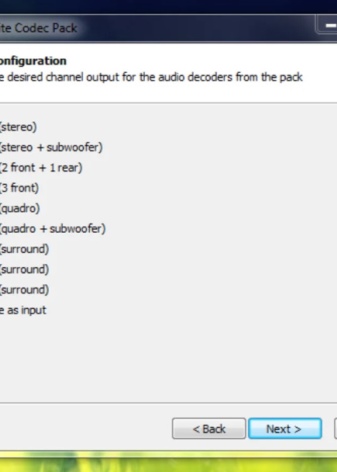
Restart your PC and check if the system can handle media files that have not been played before.
BIOS setup
It may be that the sound is not playing due to incorrect settings in the BIOS. There are not many viruses capable of corrupting BIOS software entries. The BIOS chip is equipped with automatic virus protection software - it has a special level of access to the firmware settings, without which the operating system will not start. In the past, you may have already entered the BIOS, you know enough about the configurable parameters - it will not be difficult to do it again. Pay special attention to different BIOS versions - some menu items and submenus in them are different, and UEFI is considered more advanced firmware. It works with mouse control, and it is somewhat reminiscent of the firmware of routers or the Android system. For ease of understanding, all commands and labels have been translated into Russian.
- Enter the BIOS using the Delete key, F2 or F7 when the PC starts up again. The correct key on the keyboard is determined by the configuration of the PC or laptop motherboard.
- On the keyboard, use the up and down arrows and the Enter key to enter the Integrated Devices submenu.
- Check that the AC97 Audio device is turned on. If this is not the case, turn it on using the "back" and "forward" arrows or the F5 (F6) key. Under the main menus, there is a list of where to click.
- Give the command: the "Cancel" key on the keyboard - "Save changes and exit" by pressing the enter key.
The PC or laptop will restart. Check if audio is working on media playback.

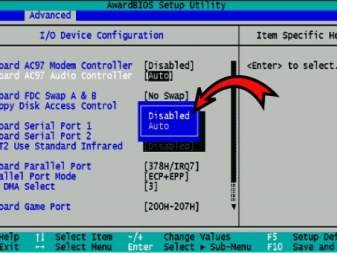
Malicious software
Viruses and other malicious software sometimes disable the system settings of a sound card. She does not "see" either headphones or speakers.Contrary to popular belief, computers and mobile devices cannot be physically damaged by software: the operating system, whatever it may be, will make sure that you do not have the opportunity to negatively affect the hardware in any way. Yes, the processor and RAM can be overloaded, but this is unlikely to damage the hardware. Today users use dozens of all kinds of antivirus programs. Their work is based on the same principle - blocking and removing malicious code, in particular, not only violating device settings, but also stealing your "money" passwords from accounts. The tools built into Windows are basically the System Defender. To enable protection against hacker attacks, do the following.
- find the Windows Defender program in the search bar of the Windows main menu;
- run it and click on the shield icon - go to the active protection settings;
- follow the link "Advanced setup" and check the "Full scan" function.
The Defender program will start searching for and detecting viruses. It may take her up to several hours. Try not to download anything from the Web at this time - the advanced heuristic scans all files one by one, and not in several simultaneous processes. At the end of the scan, a list of possible viruses will be displayed. They can be deleted, renamed or "disinfected".
Restart the PC - the sound should work as before.
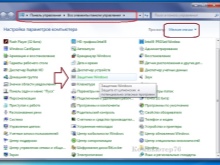


Hardware problems
If the problem is not in the programs and the operating system, viruses have nothing to do with it - perhaps the sound card itself is out of order. It does not work. Wires and connectors, when they are broken, can still be changed, but hardly anyone can fix the electronic components of the sound card. In a service center, such devices are often beyond repair. When the diagnostics reveal damage to the sound card, the wizard will simply replace it. For mono-board PCs (for example, microcomputers, ultrabooks and netbooks), the sound card is often soldered into the main board, and not every company will undertake to replace damaged microcircuits. PCs that have been out of production for a long time were particularly affected - they can only be used as office equipment, where music is not needed.
A factory defect, when a PC or laptop was purchased less than a year ago, is eliminated under warranty. Self-repair will deprive you of warranty service - often the product will be sealed from everywhere. If the sound card breaks down at home, contact the nearest computer SC.
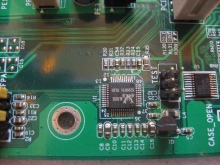
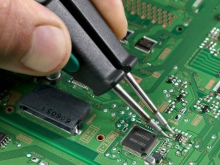
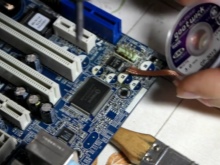
Recommendations
Do not use your computer in an environment with strong electrical noise and electromagnetic fields. Significant interference from power and high-voltage electrical wires can damage individual chips or even disable vital components. - like a processor and RAM. Without them, the PC will not start at all.
Keep in mind that PCs are fragile. If a stack of books falls on it (especially during work) from the shelf or falls off the table, it is possible that its "electronic filling" will partially fail.
Try to always use an uninterruptible power supply. The ideal solution is a laptop that always has a built-in battery. Sudden power outages will not only damage the built-in data storage, but also adversely affect the performance of video and sound cards.
The processor and RAM are insensitive to sudden shutdowns, which cannot be said about most other functional units and built-in peripherals.
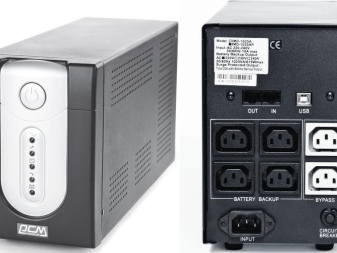
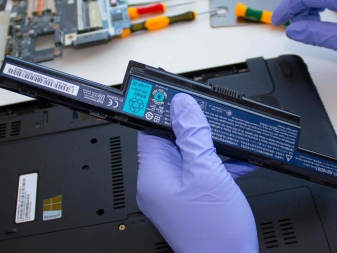
Some radio amateurs supply high-frequency currents of up to tens of kilohertz to the microphone input of the sound card. They use a virtual oscilloscope to perform electrical measurements on analog and digital signals. Applying a separate voltage to the microphone input results in the sound card not recognizing the connected microphone for some time.An input voltage of more than 5 volts can damage the pre-amplifier stage of the sound card, causing the microphone to stop working.
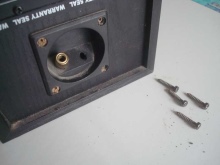
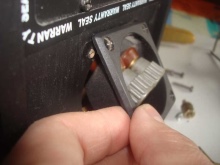
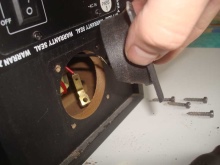
Connecting speakers that are too powerful without a special amplifier will lead to the failure of the final stage - its power reaches only a few hundred milliwatts, which is enough to operate a pair of portable speakers or headphones.
Do not mix up the microphone and headphone jacks. The first has a resistance of several kilo-ohms, the second - no more than 32 ohms. The headphones cannot withstand the constant power that is supplied to the microphone all the time - the microphone input will either burn them or fail. The microphone itself is not capable of reproducing sound - it is useless in the headphone jack.
A PC sound card is something without which you cannot comfortably play your favorite online games, listen to music, and watch TV programs will be almost useless.

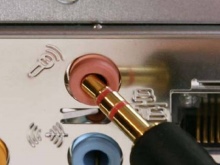
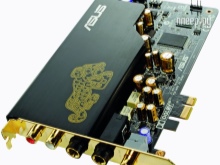
For information on why the speakers on the computer do not work, see the next video.













The comment was sent successfully.